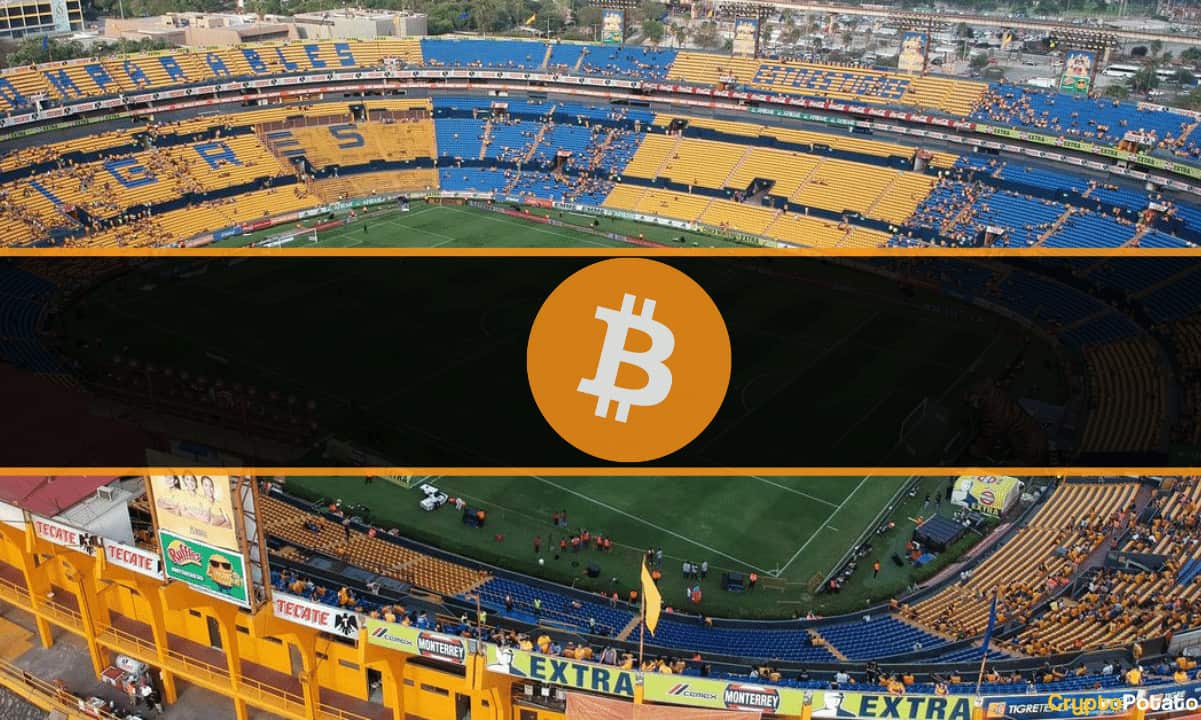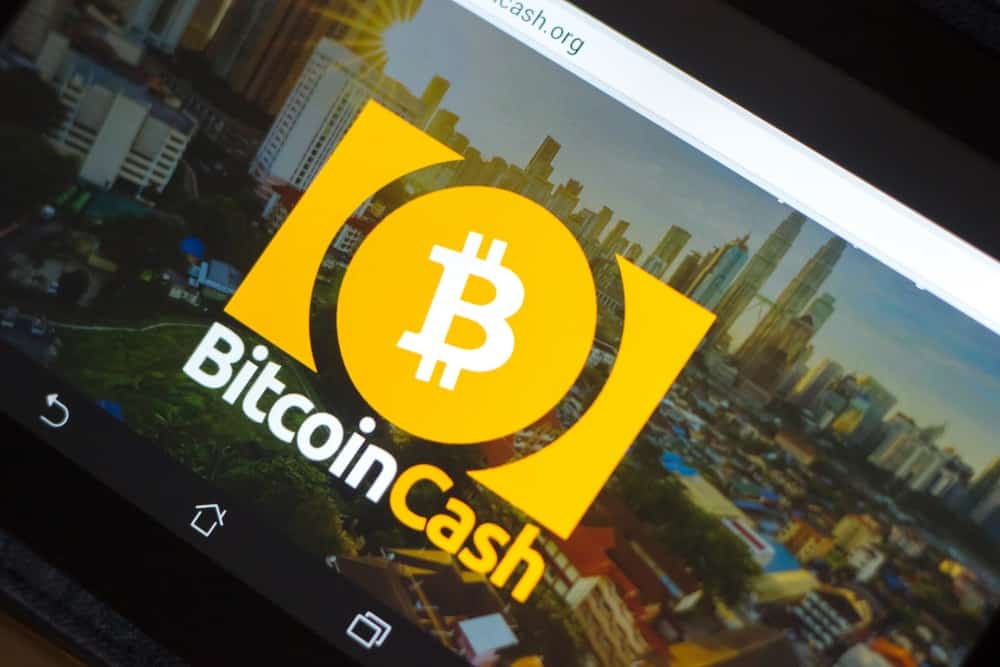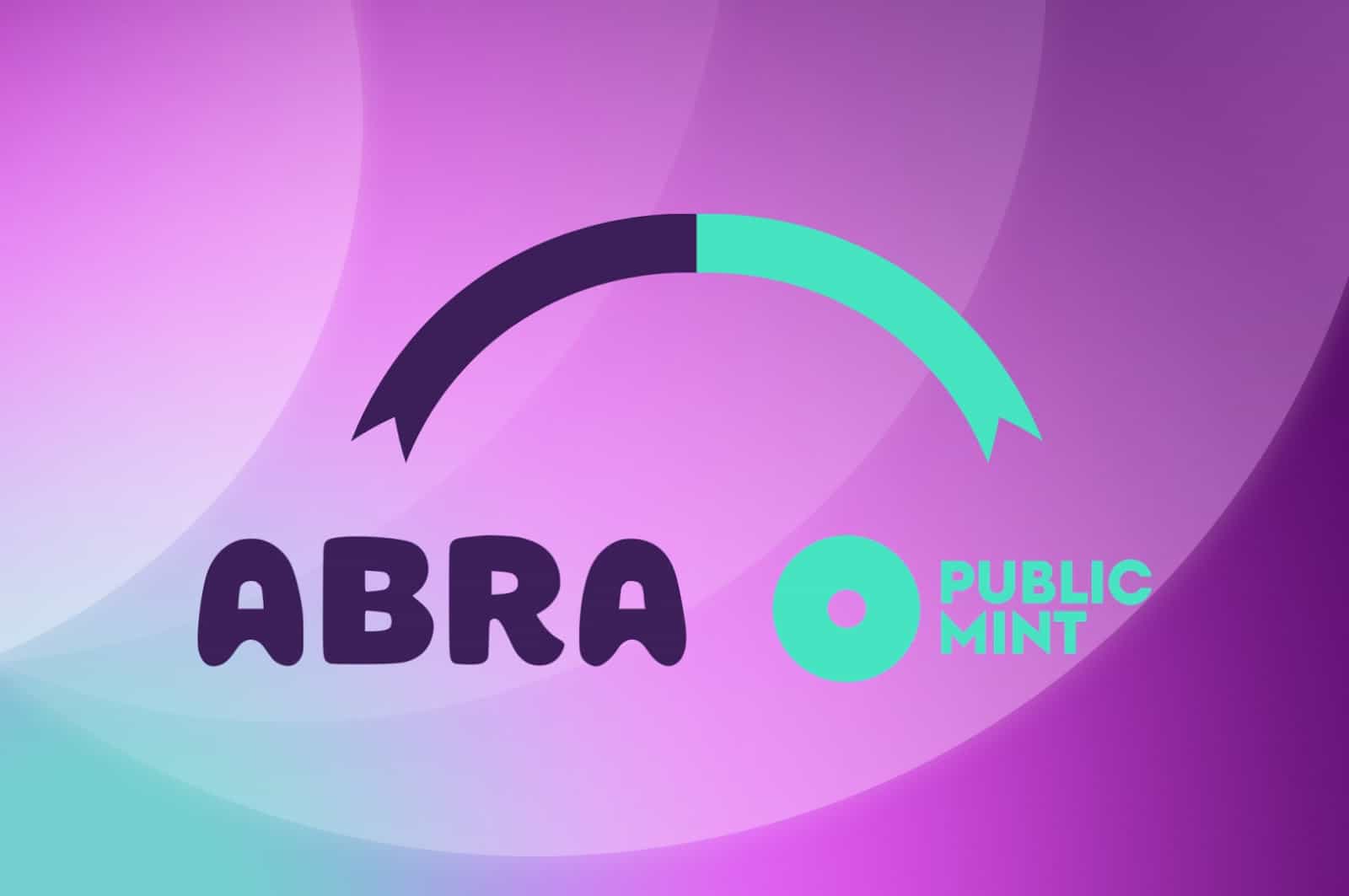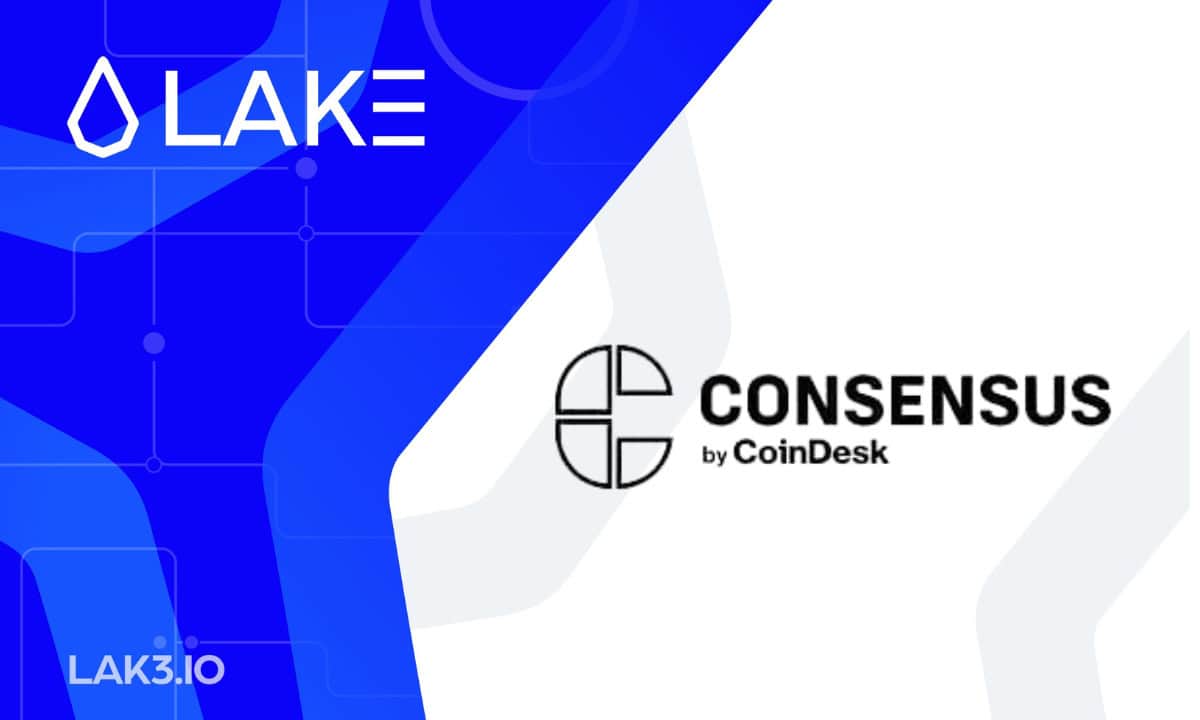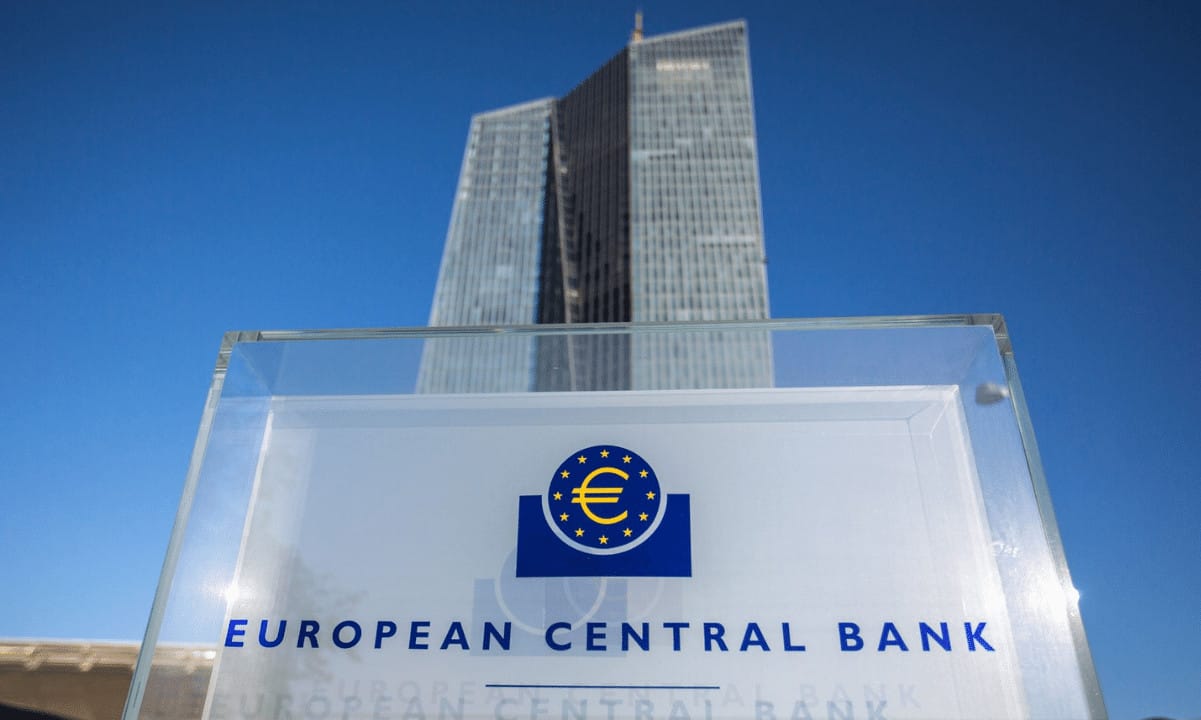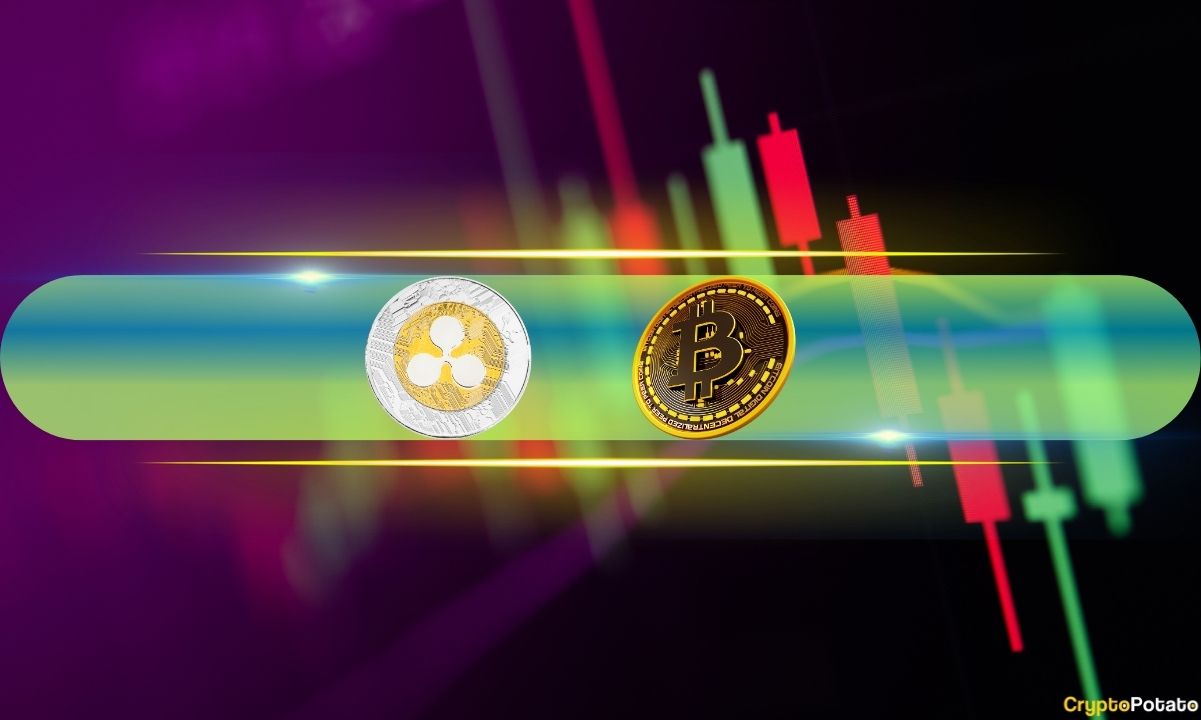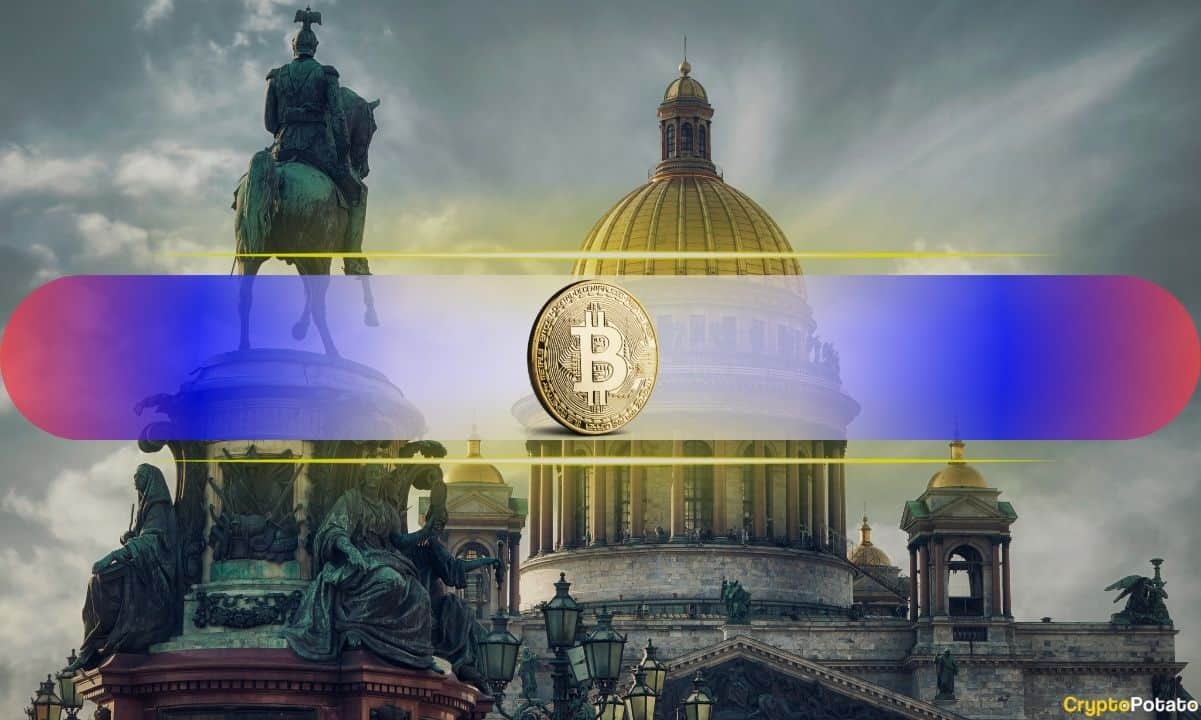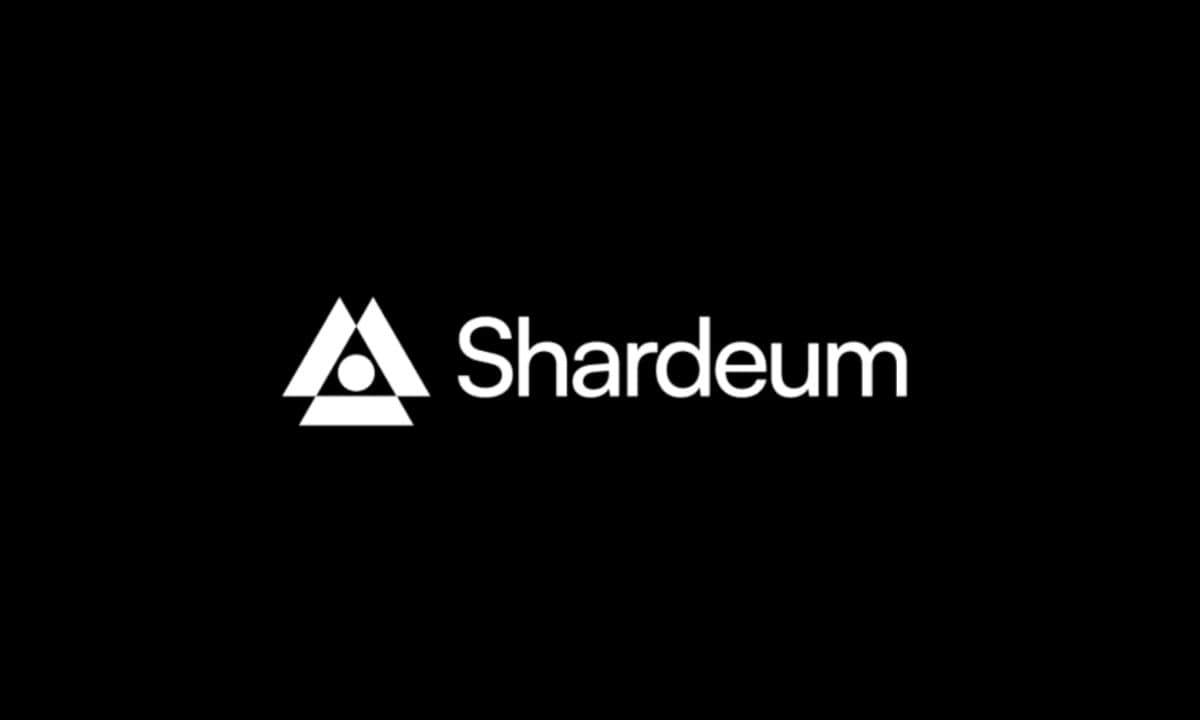Tron’s Revenue in Q1, 2023 Surpassed $90M: Report
The Tron blockchain witnessed an increase in usage in the first quarter of 2023, according to a new report from market intelligence firm Messari. The market cap of its native token, TRX, was up by almost 20% QoQ.
Despite the US Securities and Exchange Commission (SEC) announcing several lawsuits against Tron ecosystem tokens, the network activity remained mostly unfazed. Its total quarterly revenue climbed $90.04 million in Q1 2023, experiencing a 88% jump from its Q4 2022 revenue of $47.96 million.
State of Tron: Q1 2023
The average daily transactions during the three months under review grew by 7.7% to approximately 7 million. Messari stated that the increase can be partially attributed to staking activity on the network. The total transaction count originating from the staking activity was up by 197% QoQ, despite only accounting for nearly 3% of all transactions on the TRX network.
The State of Tron report, commissioned by Tron, stated that the transaction activity on the network was mostly dominated by smart contracts triggered and TRX transfers, representing 88% of all. Despite the activity across both transaction types being relatively flat throughout Q1, the USDT smart contract remained the main catalyst of contract execution on TRON.
Transaction fees also witnessed a surge in the first quarter. The stats revealed that the average transaction fee in TRX and USD was up 59.2% and 80.2%, respectively. Committee proposal No. 79, which passed in the previous quarter, played a crucial role in prompting an increase in the transaction fees. The proposal in question essentially altered network parameters and ramped up the amount of energy required to execute smart contracts.
Furthermore, the dynamic energy model was enabled earlier this year as part of TIP-474. The mechanism essentially focuses on increasing the transaction cost and disincentivizing the low-value smart contract transactions that are without affecting other applications.
“The Dynamic Energy Model and increased requirements for Energy resulted in greater revenue generation in TRX (total transaction fees paid in TRX), which increased by 65.5% QoQ (+87.7% in USD). Simultaneously, the circulating market cap of TRX increased by 18.1% QoQ.”
Tron DeFi, Stablecoin Space
The Total Value Locked (TVL) denominated in USD increased by 18.8% in the first quarter of the year. But TVL denominated in TRX noted a minor slump of 0.5%. Such a trend signaled that “an asset price increase in USD drove TVL rather than new capital inflow.”
The top protocols by TVL on top of the Tron network – JustLend and JustStables – also benefited from the broader market recovery throughout Q1. As a result, both protocols increased by 26% and 21%, respectively.
Tron’s position in the stablecoin landscape remains substantial as it trails behind Ethereum. The Justin Sun-spearheaded platform is also ahead of other rival chains with regard to the market cap of hosted stablecoins. At the end of Q1, it held more than $43 billion, up from nearly $33 billion QoQ. Moreover, Tron’s USDT market cap also increased by 30% to $10 billion QoQ, owing to Tether swapping $400 million USDT from ERC-20 to Tron.
The post Tron’s Revenue in Q1, 2023 Surpassed $90M: Report appeared first on CryptoPotato.


